
Carbon, fiberglass, Kevlar®: What are the differences?
Carbon fiber, glass fiber, KEVLAR® reinforcement ... these are all terms that come up regularly in the technical world of fishing rods. But what does it all mean? What are the advantages, what are the disadvantages?
Let's get back to basics first
The constitutional element of a fishing rod is its blank, the large rod to which we add a handle and rings. The days when these blanks were made of bamboo, wood or Metallic materials are partly (if not totally) over since the 60s-70s when composite blanks appeared.
What is a composite?
It's a blend of several materials to exploit their best mechanical properties. Typically, this composite is composed of a matrix and one or more reinforcements. Reinforcements are the materials with the best mechanical properties, in granular or fibrous form (which is our case). However, fibers alone could not form a blank... How would we hold them together? To do this, we coat them with the matrix, the binder, which in our case is a plastic. In our application, we rarely hear about the type of plastic used (even though there's a whole lot of it). No, we only hear about the reinforcement that provides virtually all the mechanical properties we use on our blanks. These reinforcements are mostly carbon fibers, glass and sometimes even KEVLAR®.
. [caption id="attachment_335" align="alignleft" width="580"]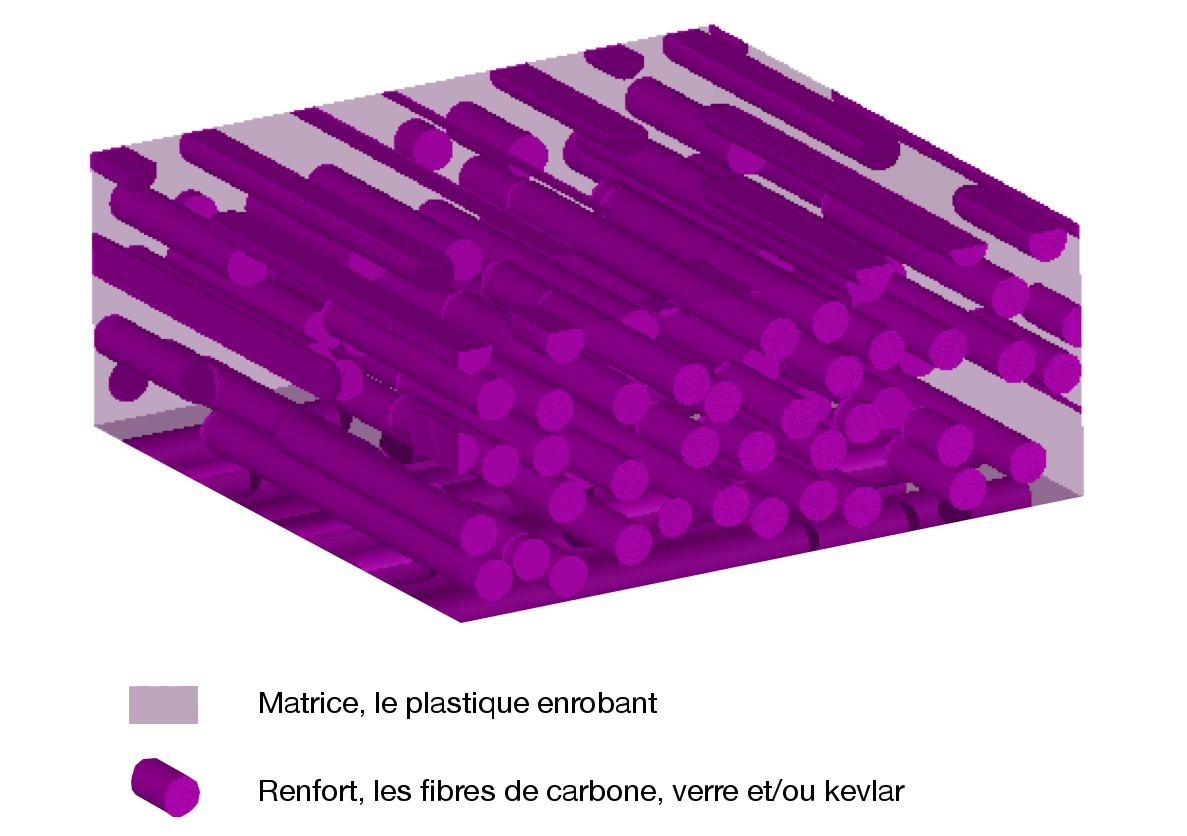 Illustration of the principle of composite materials[/caption]
Let's talk about these different reinforcements!
Illustration of the principle of composite materials[/caption]
Let's talk about these different reinforcements!
Historically, glass fibers were the first reinforcements to be developed industrially. So, naturally, they were the first reinforcements used in the manufacture of fishing rods. The industry then developed carbon fibers, which were lighter, stiffer and faster. As costs fell, the fishing industry introduced them into our rods. Finally, even more recently, KEVLAR® fibers, mainly from military applications, have also made their appearance in our rods. So, in the minds of many anglers, fiberglass is old-fashioned, carbon is better and when there's KEVLAR® it's awesome. However, this is far too quick a shortcut to be any good ... As I said in the introduction, reinforcement is chosen for its mechanical properties and depending on the type of fishing, expectations are not the same!
Here, then, is a brief description of each of these reinforcements.Fiberglass is a fascinating material, thanks to the curves that rods made from it can take. In some cases, it's even possible to form circles! Fiberglass blanks can be used to achieve extraordinary bending without breaking the rod. The downside is that this material is heavier, which slows down the action of the rod. And weight means less sensitivity/resonance. But beware: today's well-made fiberglass rods are nothing like the rods our grandfathers used to use, and are still sensitive enough for many styles of fishing! Vibration damping can even be an advantage for certain techniques.
[caption id="attachment_336" align="alignleft" width="580"] Blank Rainshadow fiberglass SPG 601[/caption]
Blank Rainshadow fiberglass SPG 601[/caption]
Carbon fiber makes up the bulk of rods these days. Its stiffness and light weight make it ideal for highly technical products where resonance and sensitivity are the number 1 factors in fishing. To this day, no other material can compete on this point, hence its success in lure fishing. Another advantage of carbon fibre blanks is their ability to store and quickly release energy during casting. Quite simply, we cast farther and more easily! And conversely, striking is easier than with the slower action of fibreglass blanks, for example. Beware, however, that there are many different types of carbon fibre (the famous modulus story) and a rod with low modulus fibres will behave more like a fibreglass rod.
. [caption id="attachment_337" align="alignleft" width="580"] Carbon-fibre blanks have no equivalent for technical fishing with soft lures. This Zander / Pike-perch was caught with a 62MX, a true benchmark for sensitive pike-perch fishing[/caption].
Carbon-fibre blanks have no equivalent for technical fishing with soft lures. This Zander / Pike-perch was caught with a 62MX, a true benchmark for sensitive pike-perch fishing[/caption].
KEVLAR® fiber, on the other hand, is found exclusively as a complement to another fiber either on the butt or the entire rod. In other words, you won't find a blank made entirely from KEVLAR® fibers.
.They will be mostly accompanied by carbon fibers. So, what does it do? Composites use KEVLAR® for its resistance to shocks, impacts and breakage: they become ultra-resistant and will never clearly break, unlike carbon alone. The main use of KEVLAR® fiber in industry is in bullet-proof technology. For example, KEVLAR® fibers can be used to reinforce a butt or rod for applications requiring power (often tuna fishing and other big fish).
. [caption id="attachment_338" align="alignleft" width="580"] Example of a tuna blank (the TR86 Super Tuna) featuring a KEVLAR® reinforcement on the first third[/caption]
Example of a tuna blank (the TR86 Super Tuna) featuring a KEVLAR® reinforcement on the first third[/caption]
So, each of these three reinforcements has its own specificities that are linked to a precise use. More and more blanks are mixing these different materials. For example, it's no longer so rare to find a carbon rod with a fiberglass tip. But that doesn't mean the rod isn't top-of-the-range and worth looking at! Beware of prejudices and go further by also selecting your material according to your expectations!
*KEVLAR® is a registered trademark.
Louis Leveuf (Islou)


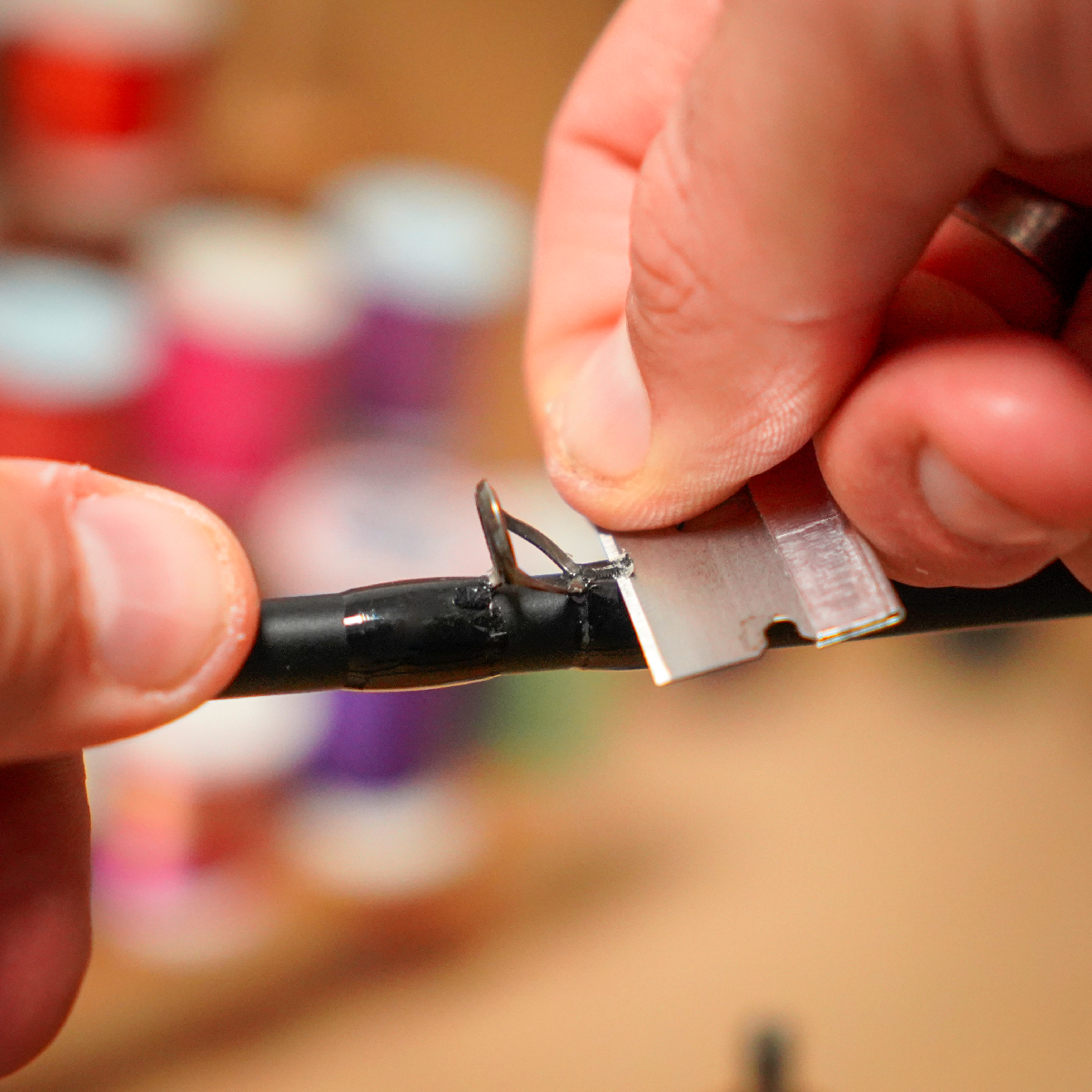
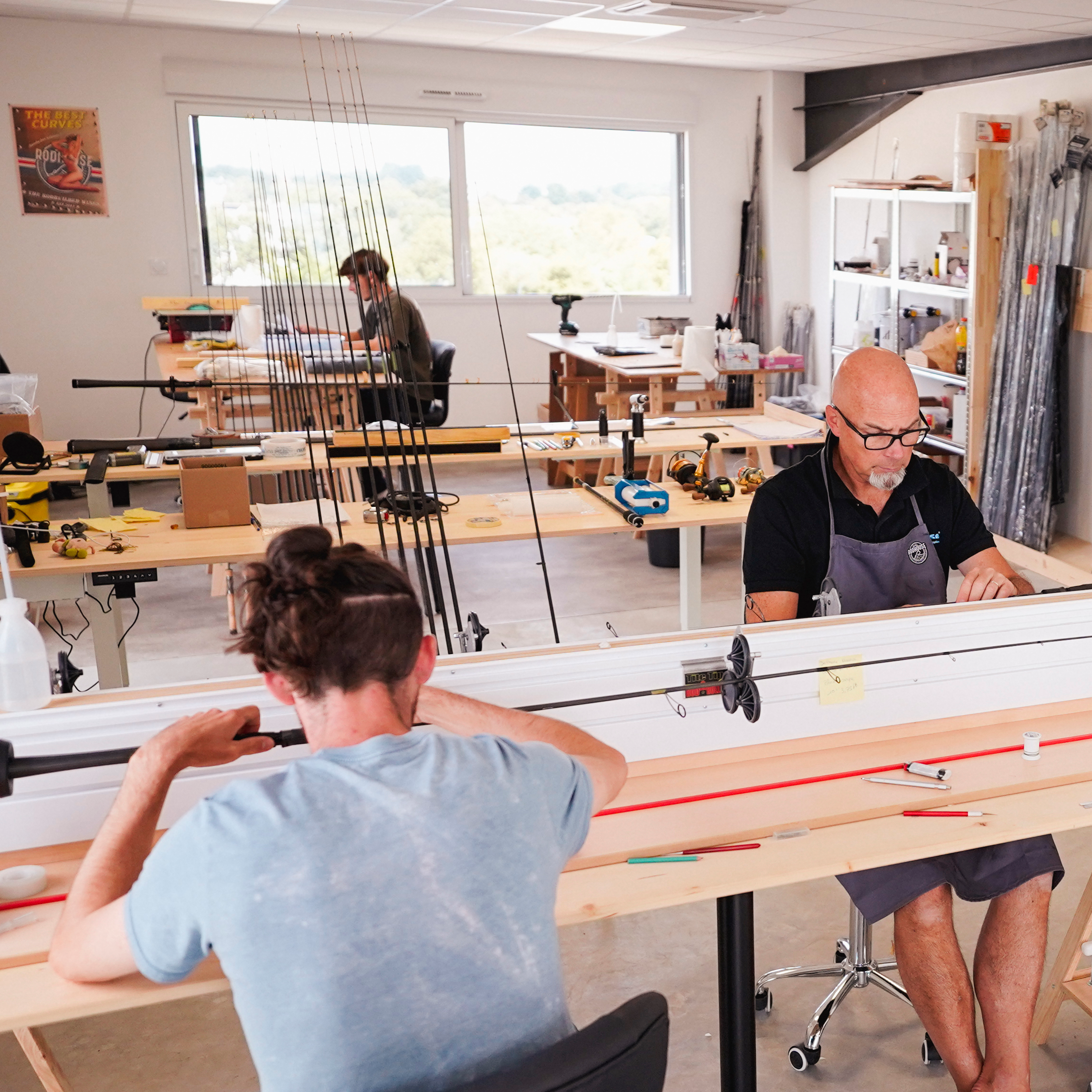
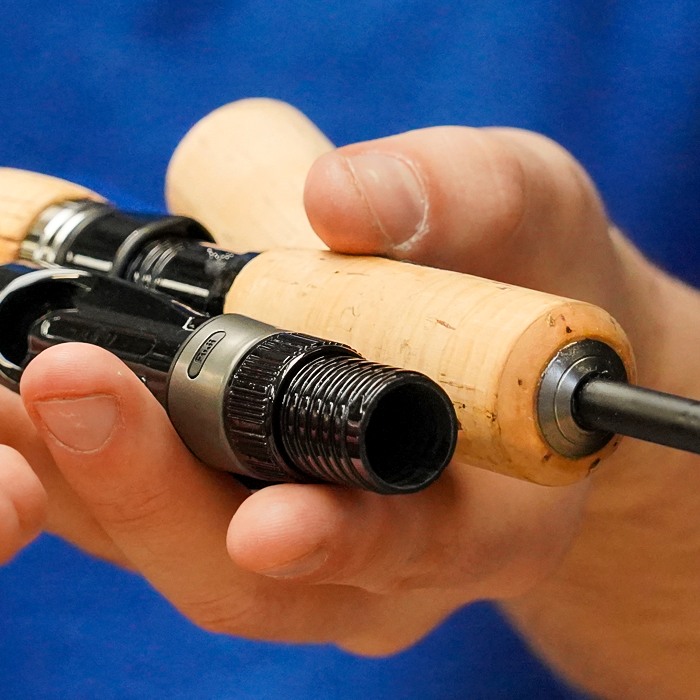
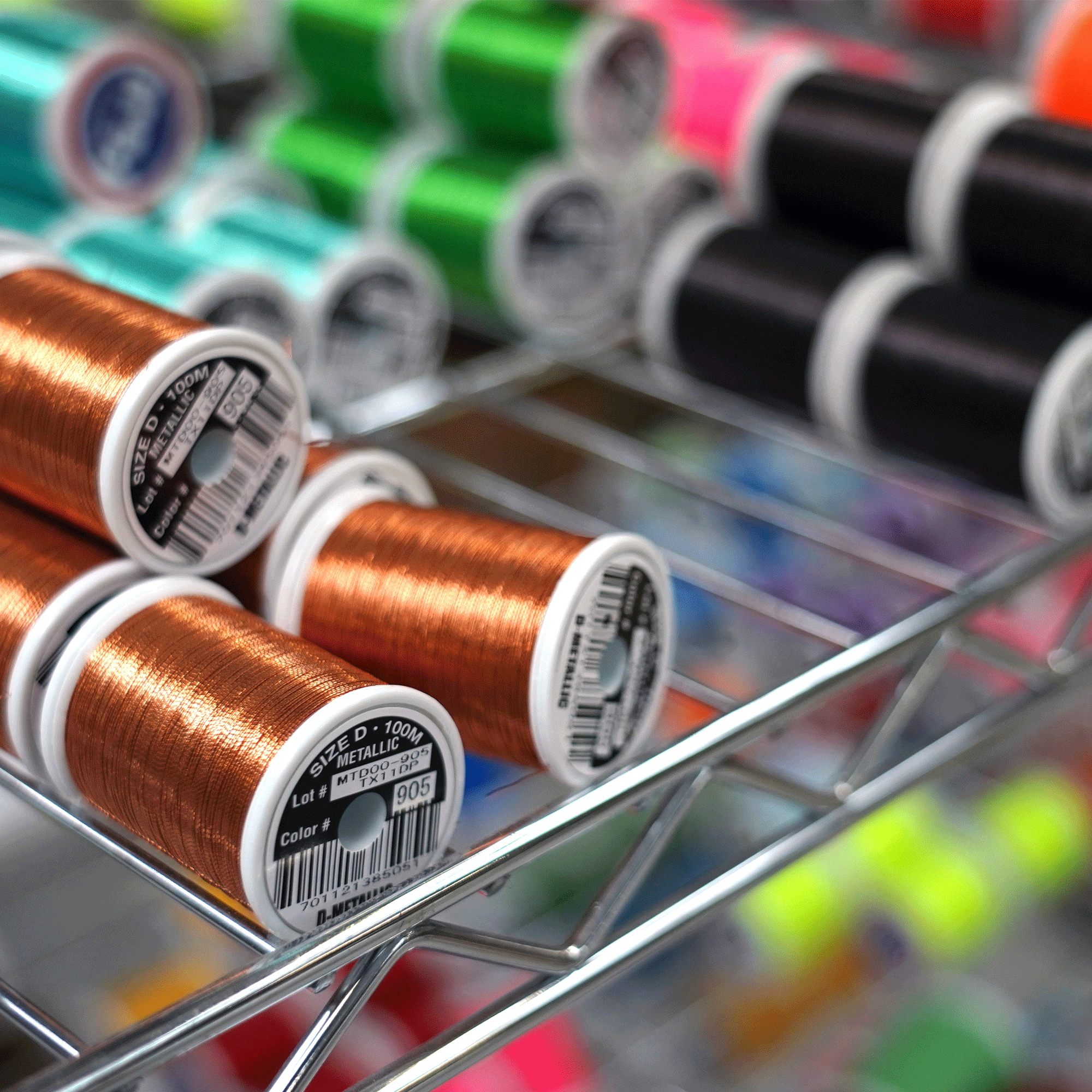

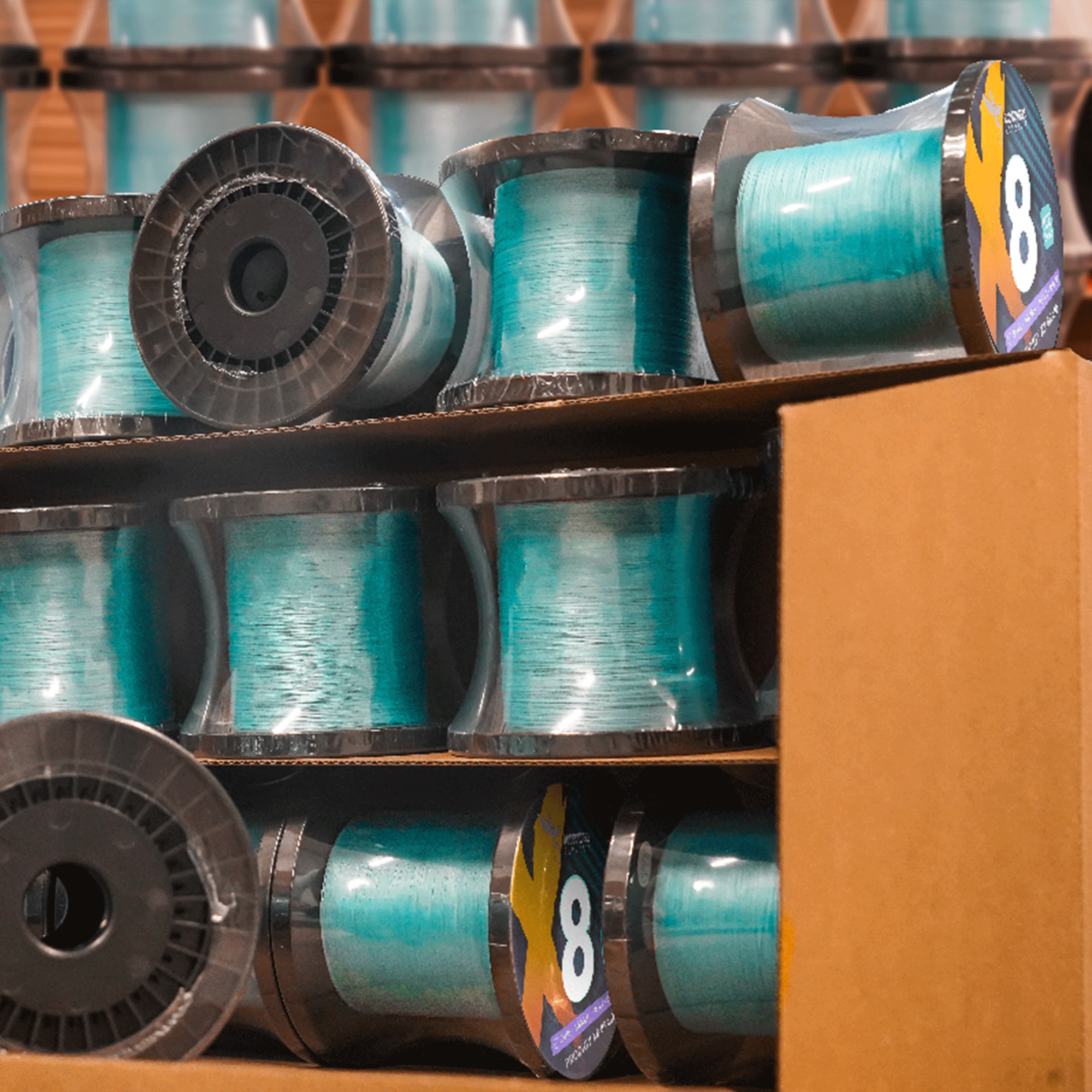
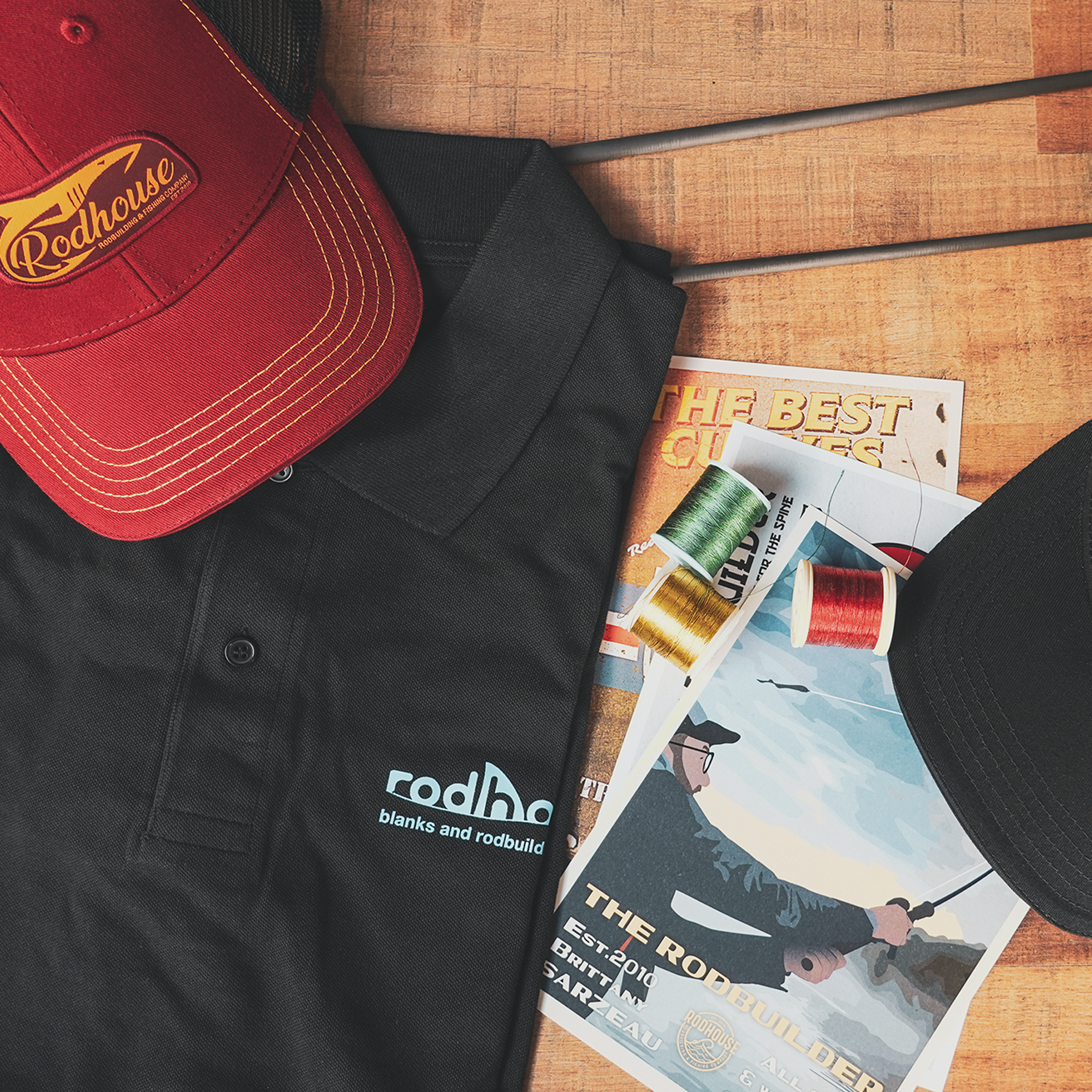
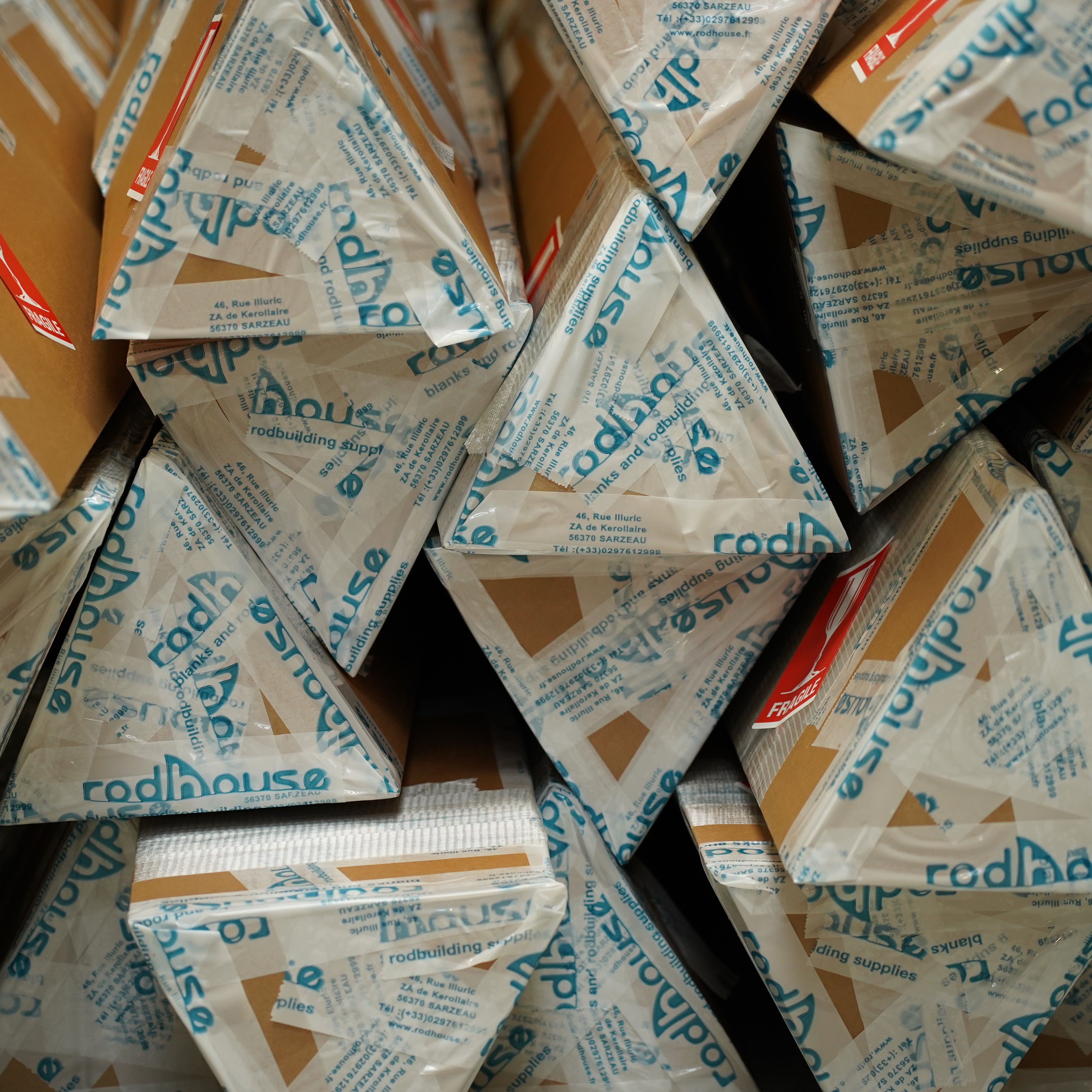
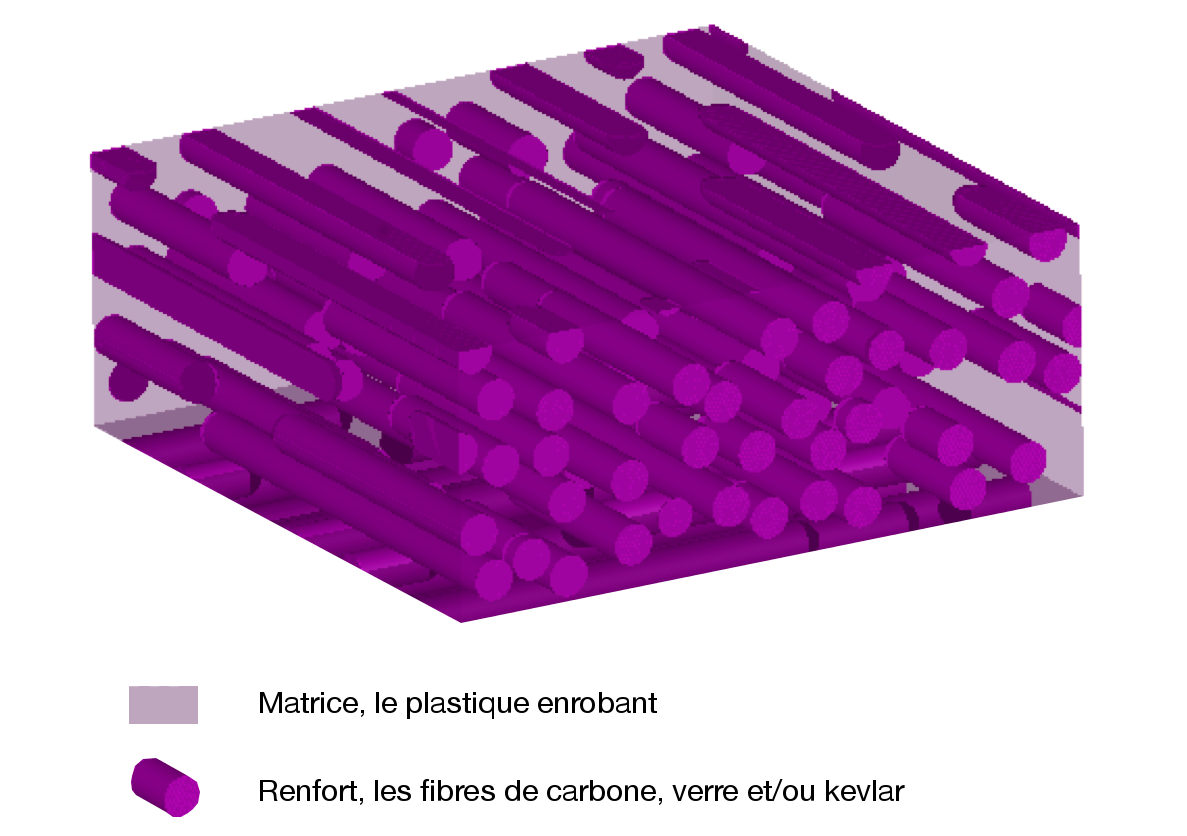
Leave a comment
All comments are moderated before being published.
This site is protected by hCaptcha and the hCaptcha Privacy Policy and Terms of Service apply.